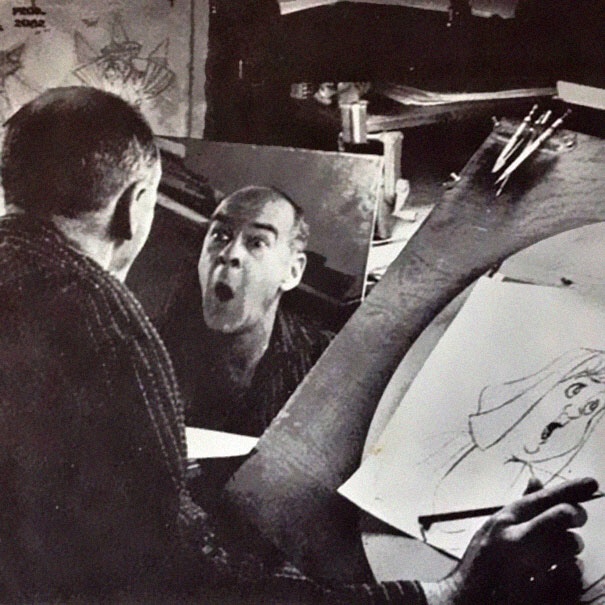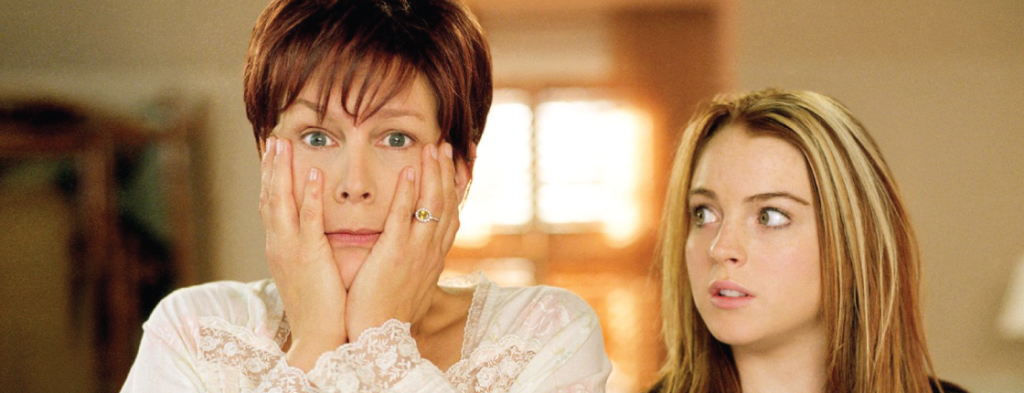Method acting, isn’t that when actors go out and beyond to become their character to the point where they will send dead pigs to their costars?
Well, yes and no. This might seem a bit extreme to some, but hear me out.
You may or may not have heard of method acting. It’s a form of acting where the actor completely embodies the character they are playing, even when the camera isn’t rolling. Usually, method acting goes hand in hand with crazy on-set stories of how Jared Leto supposedly sent dead pigs to his costars and how Tom Hanks almost died because he refused to get a leg wound treated while filming Cast Away. That is not what I mean when I talk about method acting in connection to writing. Method acting, in its broadest sense, is about empathy.
But let’s start at the beginning.
During my first year in university, my design professor told us to get up and impersonate our characters before we started sketching them.
How do they walk? How do they speak? How would they, even if they lived in completely different times, navigate through our world? How would they behave in a subway train? Would they stand? Would they sit? If they do sit, how do they sit? Upright, slumped, with their legs crossed or spread apart? She got all of us to stand up and walk around doing weird impressions. We had a blast, and until this day I see character designers doing the same, trying to understand how their character might walk, pose before a mirror and of course make weird faces while they are drawing.

But as writers we are more interested in the inner workings of our characters. So forget who you are for a moment and fill your mind with your character’s past. Who are they? What are their motivations? What past events have shaped them the most? Surely, you have a memory that you come back to every now and then, a moment in your past that has influenced you so much that you are unable to let it go. Does such a moment exist for your character?

The finer details of a character
Method acting can also be about finding the subtleties or the finer details of a character. The way they brush their hair back or how they touch their chin when they feel uncomfortable. The way they walk or greet a friend. Little details that don’t necessarily find their way into a story but that will inform a character nonetheless. (Although these details can be used to make your story denser.) It is the bottom of the figurative iceberg we need to build a believable story.

In the 2014 movie The Drop, Tom Hardy plays a quiet, aloof bartender. I don’t want to talk about this movie too much, but I’m mentioning it here because the main character, Bob, has a very subtle personality. He is unassuming and even a little awkward and yet in the course of the movie we come to understand that he is more than he seems. The way he handles certain situations stands in contrast with his furrowed brow and humble home, and the way his voice quivers slightly when he speaks. A character like Bob is difficult to create out of nothing, but it might be easier if you try to put yourself in his shoes. But how do we do that?
Here are a few tips:
- Clothes
Wearing something similar to your character might help spur your imagination. This might be difficult in case your character is wearing something more akin to a LARP costume, but if you do have something, close your curtains, put it on and then…. - Talk to yourself
I know it sounds silly, and believe me I have felt silly while doing it, but it helps. Just talk, see where it leads you, keep a notepad by your side to see if something useful leaves your mouth. Some of the subtler motivations of your character might come to life that way. If you don’t know what you should talk about, pretend somebody is asking you to go on a walk with them, have dinner, check out the new cafe. How would your character react? Or, let’s take it one step further. What if you took your character to… - Therapy
Pretend your character is talking to a therapist. How would they walk into the office? Would they start talking right away or close up? Would they lie? What might the therapist ask them?
The main characters of my story are as different as two people can be. One is silent and brooding, calculating different outcomes before she acts and never speaking more than she has to. The other is a chatterbox, always smiling even when he’s alone, never stopping to think about anything, lying on every instance he gets. If Character A were to talk to a psychiatrist, most likely the psychiatrist would have to take some time getting to know this person, but they’d find the truth sooner rather than later. But Character B? First, you have to weed out the lies and find the truth in the chaos he unleashes upon you. - Everyday life
Go through your everyday life – then go through that of your character. When do they wake up? what’s for breakfast? You might find small subtleties in the morning — are they the kind of person who sprints out the front door with their coffee mug still in hand or would slurp it down in one gulp and have coffee stains on their shirt? - Tap into your emotional library
If you’re having trouble putting yourself into the mind of your character, try remembering a time in your life when you felt, if not the same, then at least similarly. If your character is a stubborn loner, think about a tme when you might have felt the same. If your character is constantly moping, well there might just be something in your past that will get you in the mood. - Actors
If you’re having trouble understanding the subtleties of your character, find yourself an actor who fits the bill. Maybe there’s a face or voice out there that will help you imagine the scene.
I hope this was helpful in some way or another. And remember: This is about empathy. People aren’t stereotypes. As much as we’d love for a bad person to simply be bad and nothing but, there is something that motivates their actions. If not, that would mean badness was an inherited trait (Or maybe it is? What might that do to a character? I feel like Good Omens took on that question…). So get up, start talking, and try to find some common ground with your villain! Who knows, it might get… interesting.

